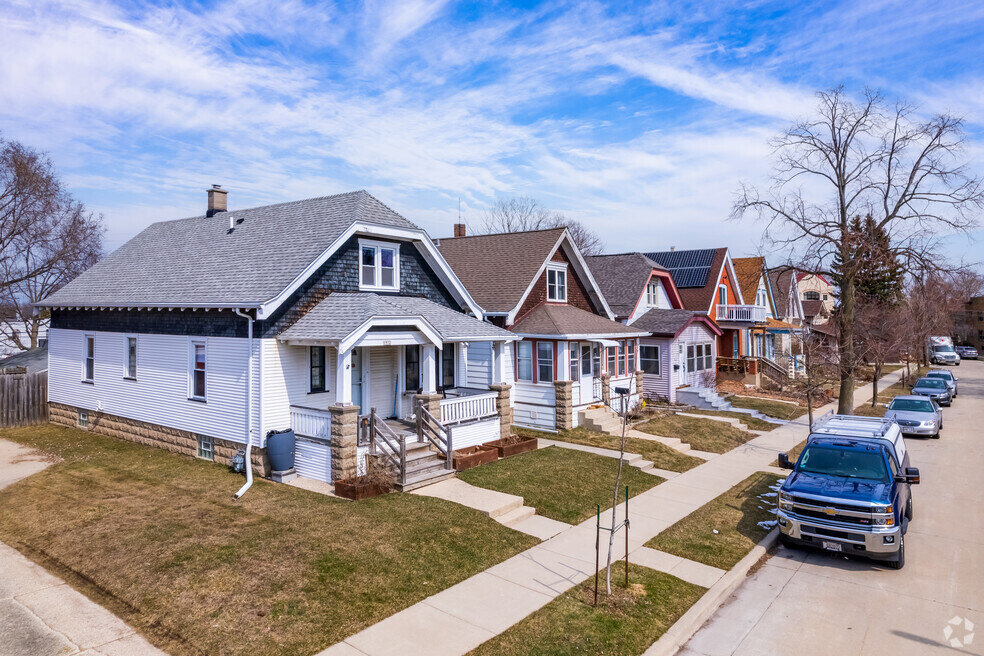
When a property is labeled as unsafe or uninhabitable by city officials, it begins what is known as the house condemnation timeline in Milwaukee. This process involves a series of inspections, notices, legal deadlines, and, in some cases, forced evacuations or demolitions. Many homeowners are caught off guard when they receive their first notice. By understanding each phase of the timeline, you can better prepare, take action early, or find the right solution — whether it’s repairing the home or selling it quickly. Milwaukee’s Department of Neighborhood Services (DNS) is responsible for handling this process and follows specific procedures to ensure public safety.
What Leads to a House Being Condemned in Milwaukee?
The house condemnation timeline in Milwaukee typically begins when a home is found to pose a threat to the health or safety of its occupants or the community. Triggers can include severe water damage, black mold, pest infestations, fire or smoke damage, or ongoing neglect. In many cases, condemnation starts after a complaint from a neighbor or a failed routine inspection. Once DNS gets involved, an initial assessment is made to determine whether the property meets the minimum housing standards. If violations are present, the house may be added to the condemnation watchlist, which fast-tracks the timeline if issues aren’t promptly addressed.
The First Inspection and Violation Notice
The official house condemnation timeline in Milwaukee begins once DNS schedules and performs the initial inspection. Inspectors look for structural damage, plumbing or electrical hazards, missing utilities, and unsafe living conditions. If the inspector finds code violations, the property owner receives a formal notice outlining the problems. This notice includes a deadline for correction, which typically ranges from 10 to 30 days depending on the severity of the issues. This is the homeowner’s first and best opportunity to stop the timeline from progressing further. Acting during this phase can save money, stress, and even prevent legal consequences.
Re-Inspection and City Response
Once the correction period expires, DNS returns to the property for a re-inspection. This is a critical moment in the house condemnation timeline in Milwaukee. If the homeowner has resolved the issues, the case may be closed or reduced to a standard housing violation. However, if the violations persist, the inspector may escalate the matter and recommend the home be condemned. This stage signals serious consequences ahead, including mandatory vacating of the home, potential fines, or the property being slated for demolition. Re-inspection results often determine whether the city will issue an official condemnation order.
Official Condemnation: Posting the Property
If the city decides to proceed, it will officially condemn the property. A bright-colored notice is posted visibly on the house, stating that the property is unsafe and not to be occupied. At this point, the house condemnation timeline has moved into the enforcement phase. The posting usually occurs within a few days after the failed re-inspection, and it serves as a legal warning to the occupants and the public. Utilities like electricity, water, and gas may be disconnected to prevent accidents, and the owner is notified that the property must be vacated immediately or within a short window of time.
Evacuation Orders and Deadlines for Action
Following official condemnation, Milwaukee authorities may issue a deadline — often between 24 and 72 hours — for occupants to vacate the property. This part of the house condemnation timeline happens quickly and can be distressing for residents, especially if they were unaware of the seriousness of their situation. In some cases, social services may be involved to help displaced residents find emergency housing. After this point, the homeowner must choose to either challenge the condemnation, invest in repairs, or consider selling the property. Failing to take any action may result in city-led demolition proceedings.
Appeals and Legal Options Available to Homeowners
Homeowners do have rights during the house condemnation timeline. If you believe the condemnation was issued in error or if you’ve started repairs, you can file an appeal. Appeals are usually submitted within 10 days of the condemnation notice and are reviewed by a board or judge during a public hearing. Homeowners can present evidence, such as repair receipts, contractor estimates, or structural reports. If successful, the city may delay or even lift the condemnation. However, if the appeal is denied and no progress is made, the house remains condemned and may move toward demolition.
Repair, Demolition, or Selling the Property
At this point in the house condemnation timeline, a final outcome must be reached. The homeowner has a few options. First, they can obtain the required permits, hire professionals, and repair the property to meet building codes. This route is often costly and time-consuming. Second, they can allow the city to demolish the property, though the city may seek reimbursement for demolition costs, which could become a lien on the property. The third and often most practical option is to sell the house — even in its condemned state — to a cash buyer who specializes in distressed properties.
Selling During the House Condemnation Timeline in Milwaukee
Selling a house during or near the end of the house condemnation timeline can be a smart and stress-relieving decision. Many cash buyers and real estate investors are willing to purchase condemned properties as-is. These buyers take on the risk and responsibility of repairs or demolition, allowing the homeowner to walk away with cash in hand — and without any more legal worries. If you’re feeling overwhelmed by the costs, pressure, or legal implications of house condemnation, selling could give you a fresh start and help you avoid further complications with the city.
